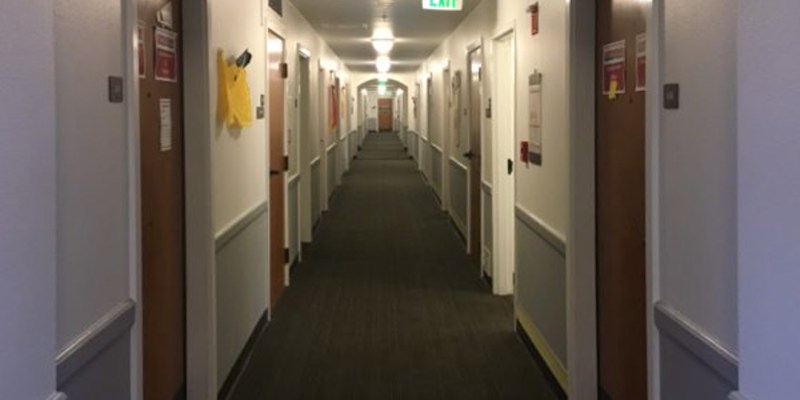Stanford will launch a complete redesign of undergraduate residential life this fall, adopting a neighborhood model ahead of welcoming the entire undergraduate population back to campus for the first time since campus closures in March 2020.
The decision has elicited mixed feelings of concern, optimism, excitement and disappointment from juniors and seniors.
The new plan was announced on Feb. 4, around a month after Stanford canceled plans to bring frosh and sophomores back to campus for the winter quarter. The University still plans to bring juniors and seniors on-sight for spring quarter.
Some students said that they were pleased with the timing of the announcement, while others were skeptical. Gilare Zada ’22 said that it came at an “opportune time” and that she was happy that the University announced the plan well in advance of fall quarter.
For Senn Nwakudu ’21, however, the timing was “inappropriate.” Accelerating and implementing this plan amid a pandemic was “not necessarily the best use of time in a situation like this,” Nwakudu said.
Vice Provost for Student Affairs Susie Brubaker-Cole told The Daily after plans were announced that COVID-19 had expedited the process. Student Affairs Spokesperson Pat Harris said that the loss of a sense of community amid the pandemic is a primary reason for the announcement’s timing.
“COVID-19 has resulted in students living in various locations worldwide,” Harris wrote. “Now, more than ever, is a time we need to bring community to our campus. ResX is a new, comprehensive vision for the undergraduate residential experience at Stanford to do just that.”
Some upperclassmen are in favor of the new residential neighborhood model because of its potential to promote community among undergraduate students.
As a former resident assistant (RA), Dean Manko ’21 said that the plan would allow staffers and residents to remain in the same community, which he said “could create a more tight knit system.” He added that, if he had not preassigned to live on the Row during his sophomore year, “community would have been really hard to find” due to the uncertainty of housing placement under the traditional housing draw. Under the new plan, priority will be determined by class year instead of a selected tier.
Kiara Revels ’22, a current RA in an all-frosh dorm, said that she is happy to see all-sophomore housing because it will allow current freshmen to experience a sense of belonging that they missed out on this year due to the pandemic. “I think that would be great for them,” she said. “And they deserve that.”
Because the plan allows for guaranteed housing within a larger “neighborhood,” Zada said that the plan could promote non-Greek life community-building. According to her, this will counter what she calls “toxic aspects of Greek life” because it offers an alternative method of finding community outside of rushing.
Some upperclassmen are optimistic about the plan, but said that they worry Stanford does not have the infrastructure to sustain neighborhoods. While Revels said that she is excited about the opportunity for more ethnic-themed houses on campus, she questioned the logistics of the neighborhood plan. She mentioned that row houses are not located next to all-frosh dorms, which may complicate the plan for shared gathering spaces and other facilities.
In addition to concerns about practicality, some are concerned that the new residential plan will restrict interactions with people outside of one’s neighborhood.
“I feel that puts to the wayside just how meaningful connections outside of living situations can be,” said Nwakudu. “The fact that you can’t live with them if they’re not in your neighborhood is really disappointing.”
Corey Baker ’22 echoed this concern. They said that while they were able to build a community outside of their frosh dorm, they questioned whether students will be able to do the same under the new plan.
According to Harris, while students would live within their neighborhood for the entire duration of their undergraduate experience, they will be able to live with new people from their neighborhood each year. She added that students will be able to request to switch neighborhoods and can apply to live in university theme houses that are not within their designated neighborhood.
Manko said that though he is excited about Stanford’s chance to build a new and unique housing system, he highlighted the importance of maintaining community values in the process.
“It gives Stanford a chance to actually kind of write their own tradition,” Manko said. “But I just hope it’s done in a way that aligns with the values that created the already-existing communities on campus.”
